Łódź is the city of contrasts where raw, post-industrial buildings are being repurposed to serve art and culture. Here, new initiatives appear daily in an attempt to revamp the industrial climate of the city and attract fashion, design, and film aficionados. Don’t you think there must have been a solid reason why Łódź placed second in Lonely Planet’s Best in Travel 2019? This city is the place to be!
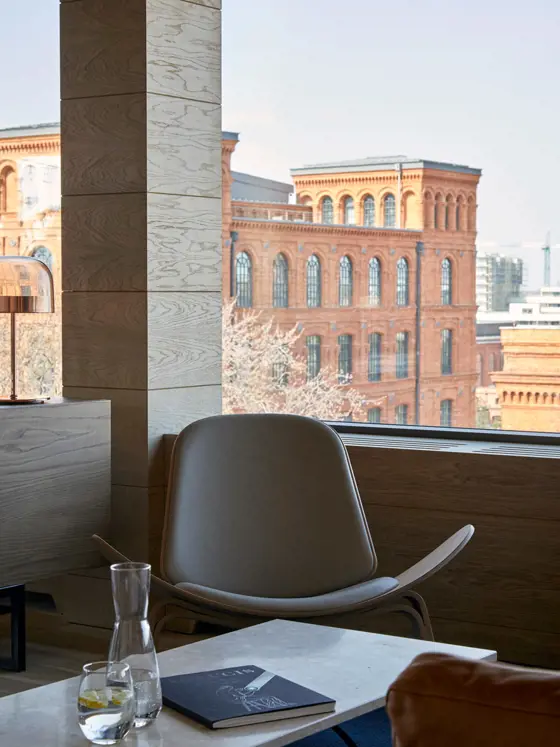
Manufaktura
A true architectural gem, Manufaktura reveals its majesty just a few steps from PURO. A complex of former textile factory buildings has undergone a complete renovation and, since 2006, has been central to tourism, culture, and business in Łódź. The red-brick-and-mortar empire is home to a shopping mall with 250 stores & boutiques (!), the museum of art – Muzeum Sztuki ms2 – the theater – Teatr Mały – The Museum of the Factory with an extensively-documented account of its daily workings, a movie theater, playgrounds for kids, restaurants, and cafes. Located at the heart of the site is Rynek Włókniarek Łódzkich – a courtyard of more than thirty thousand square meters named in honor of the city’s mill girls, now serving the public as a friendly open space for entertainment and cultural events organized for city dwellers and tourists alike. The courtyard also features the Europe’s longest fountain that illuminates the night sky and encourages relaxation.
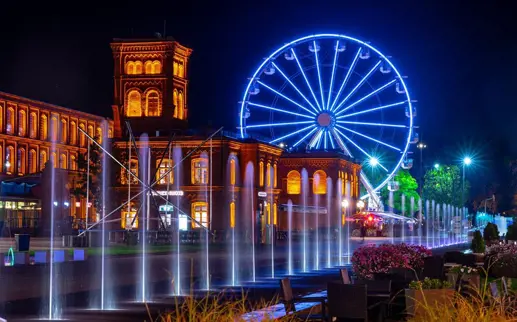
Muzeum Sztuki | Museum of Art
As the hub of the avant-garde, Łódź has witnessed the birth and development of artistic trends and movements that were both progressive and revolutionary. Such are also the actions and initiatives of Muzeum Sztuki located in three buildings: ms1 at Więckowskiego 36 with the Neoplasticism Room designed by Władysław Strzemiński, ms2 occupying the historic space of a 19th-century weaving facility, and Herbst Palace – a unique 19th-century villa with an impressive history. Apart from phenomenal interiors, all three locations share one central agenda – to maintain an ongoing dialogue with art and visitors, present collections in an interdisciplinary fashion, and promote art in the form of performances, workshops, and movie screenings.
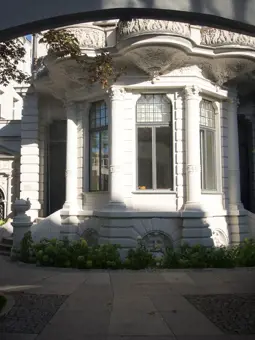
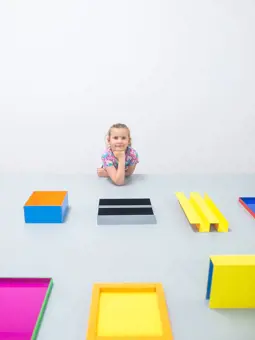
Ulica Piotrkowska | Piotrkowska Street
The pride of the city and its most representative artery. Now one of the longest commercial streets in Europe (around 4.2 kilometers total!), Piotrkowska functioned as a communication route 200 years ago and with time became the flagship part of the city where entertainment and trade flourished. Architecture, institutions, restaurants, clubs, and bars located in the vicinity have endowed the street with a special, inimitable feel that transcends the boundaries of the city. Two such locations are Off Piotrkowska (Piotrkowska 138/140) – bringing together independent boutiques, artists’ studios and food joints – and Pasaż Róży (Piotrkowska 3), an incredible courtyard covered in a mirrored mosaic designed by the artist Joanna Rajkowska.
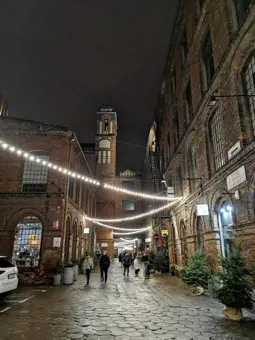

Palmiarnia Łódzka | Palm House
One of the most modern palm houses in Europe has found a home in what is definitely one of the most interestingly-designed buildings in the city. The palm house is surrounded by Źródliska Park – Łódź’s oldest park, featured in the register of historic places, dating back to early 19th-century when it was created from parts of neighboring forests. Having inherited an impressive collection of plants – particularly palms – from factory owners’ and tsarist office-holders’ orangeries, the establishment offers comforting views of bananas hanging from the trees and exotic cacti to brighten up even the coldest and rainiest of days.
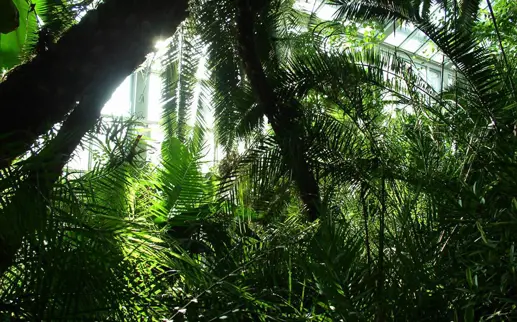
Łódzki Ogród Botaniczny | Botanic Garden
Located close to the palm house, on the premises of Źródliska Park, the garden covers the area of 67 hectares full of original plants representing 3.5 thousand species! The collection of plants is divided into thematic sections, featuring a minimalistic Japanese garden and a picturesque alpine garden with rocks and area-specific species such as the stemless carline thistle or the tussock bellflower – also known as Carpathian harebell. There is a mysteriously-sounding arboretum in the garden, too, where research on the morphology and growth of plants is conducted. A perfect destination for walks all year long!
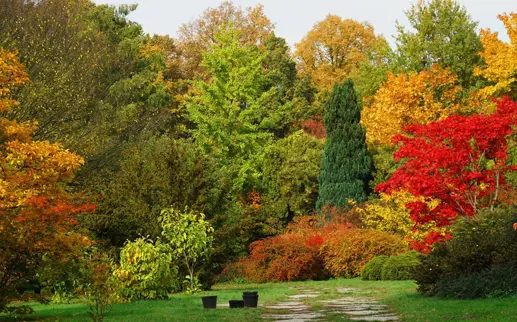
Miejski Ogród Zoologiczny | Zoological Garden
Once we’ve feasted our eyes on the flora, it’s time for the fauna! The zoological garden in Łódź was founded in 1938 on a piece of land in the Zdrowie district of the city, encompassing what was left of the wilderness that had covered the city before urbanization. The first inhabitant of the zoo was Boruta the deer after it had come to the city center and been captured on Reymont Square. Another famous inhabitant was Magda, one of the oldest Indian elephants living in Europe. Today, we can admire a variety of species that cannot be seen anywhere else: two coendou porcupines, a pair of black swans, African porcupines, and the mantled guereza with long, black-and-white, silky fur. A fact worth-mentioning: underway is the construction of “Orientarium” – a gigantic pavilion with runways, a salt water pool, an underwater tunnel for visitors, and a “jungle” for animals.

A star-lit sky above your head? In Łódź, anything is possible :) EC1 Planetarium, named one of the seven wonders of Poland by National Geographic Traveler in 2016, is currently the most forward-looking center – in Central and Eastern Europe – devoted to the mysteries of the cosmos. Its daily repertoire offers thematic shows for individual visitors, organized groups (from schools and kindergartens), and businesses. Themes range from constellation mysteries known as the signs on the sky, the secrets of the Zodiac, perplexing black holes, and planets from the outside of the Solar System to shows for kids and summer constellations displayed live during astronomical summer. The dialogue of knowledge with entertainment at its finest!
EC1 Science & Technology Center
One of the most prominent examples of architecture in the city center is a complex of buildings that used to house a power station and is now home to the institution called “EC1 Łódź – Miasto Kultury” (EC1 Łódź – the City of Culture). Having undergone extensive renovation, the modernized EC1 complex serves a variety of cultural, artistic, and educational purposes while constituting a key element in what is a larger project to revitalize the center of the city. The site blends architecture from early 20thcentury and modern, post-industrial tendencies, offering a unique space open to all artists, creative individuals, workshops, and group events. Apart from the planetarium, EC1 boasts the largest center of science and technology in Poland, with a 3D spherical cinema and three educational routes, the National Center for Film Culture and the International Comic Book and Computer Games Festival. That’s how you escape boredom!

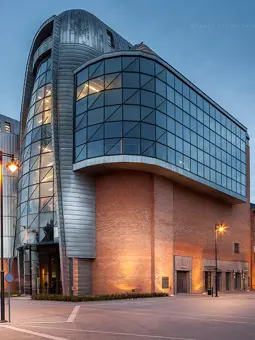
The Orientarium in Łódź is the most modern complex presenting the fauna and flora of Southeast Asia. The largest Indian elephant in Europe, record-size gharial crocodile, critically endangered Sumatran orangutans and an underwater tunnel from which you can admire sharks and stingrays swimming overhead - these are just some of the attractions that can be admired in the facility.
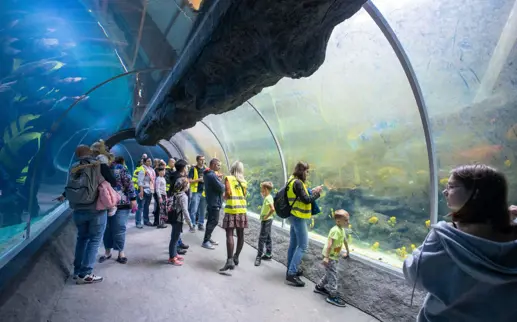
Łódź Design Festival
An annual celebration for all lovers of design, attracting audiences from Poland and abroad. ŁDF focuses on original thematic exhibitions revolving around the most urgent questions in design, experimental displays and projects, and internationally-renowned designers and their work, as well as showcases a rich selection of the best Polish design (the must haveawards) and awards the most promising emerging designers (the make me! contest). Moreover, the program of the festival features a series of workshops for adults and kids. This year, the festival will explore “Progress” as its leading theme. See you in May!

Łódzka Filmówka | Film School
An iconic instution that has seen the birth of such talents as Roman Polański and Andrzej Wajda – Łódź Film School is one of the oldest film schools in the world. Professional, artistic Polish cinematography needed institutions that could educate future directors – said artists and art theoreticians who, in the aftermath of WW2 in 1948, found themselves in Łódź and decided to establish the school. Since its foundation, PWSFTviT – a Polish acronym for The Leon Schiller National Higher School of Film, Television and Theatre – has been located primarily in what used to be a palace of a local industrialist Oskar Kon (at Targowa 61/63). Situated right opposite the school is Źródliska Park with Karol Scheibler’s post-factory mansion housing Cinematography Museum with large collections of movies, posters, props, and technology used in the industry.
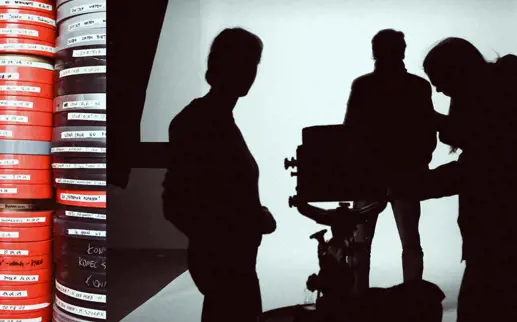
Similiar Articles
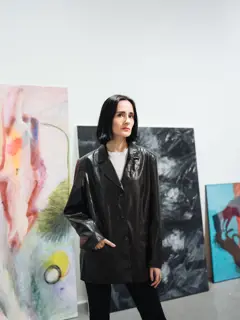
- Trend
- Art
- People
- News
- Poland
Bielska Jesień – interview with Ada Piekarska, curator of poland's premier painting competition
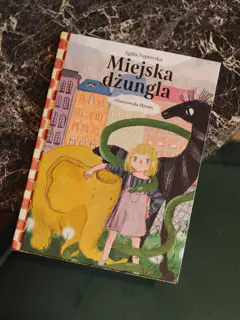
- Trend
- News
- Poland
Urban Jungle – a children's book published by PURO
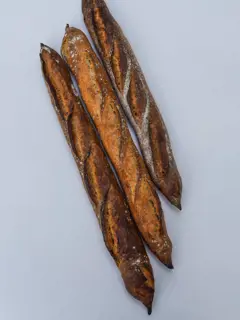
- Trend
- News
- Poland
